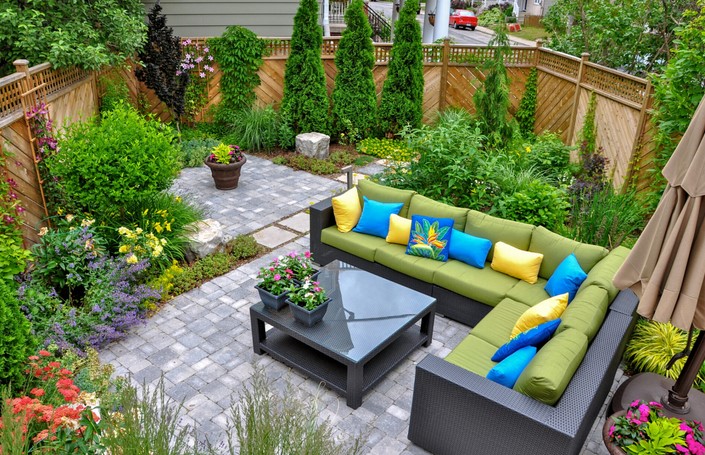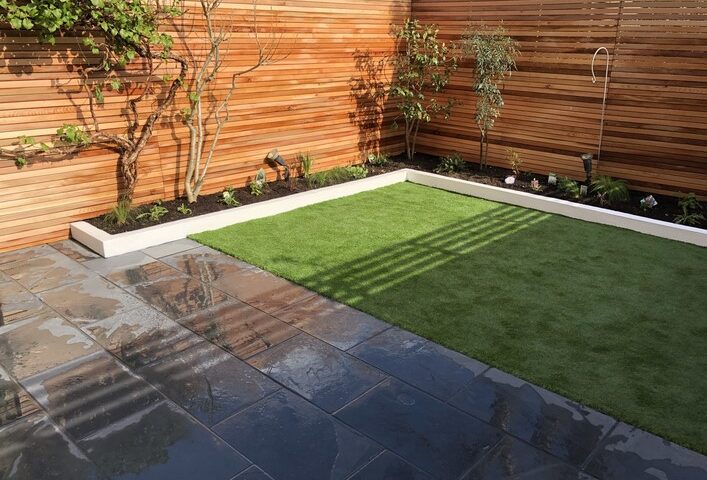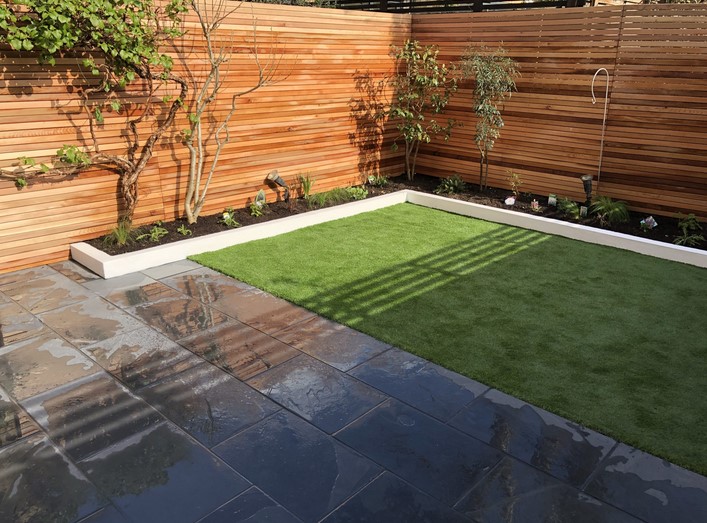
When you look at a garden, a park, or even a well-maintained backyard, you are experiencing landscape design in action. What is landscape, you might wonder? At its core, landscape refers to the visible features of an area of land, including both natural elements such as landforms, vegetation, and water bodies, as well as human-made features like structures, pathways, and even small decorative elements. Landscape design involves planning and arranging these elements to create aesthetically pleasing and functional outdoor spaces. Whether you are looking to design a small garden, a large commercial space, or anything in between, understanding the fundamentals of landscape design is essential. In this article, we will explore the basics of landscape design, providing you with the knowledge you need to create beautiful and well-organized outdoor environments.
The Principles of Landscape Design
Landscape design is much more than simply arranging plants and outdoor furniture. It’s about creating a cohesive environment that is both visually appealing and practical. There are several fundamental principles of landscape design that should guide your process:
1. Balance
Balance is key in any design, and it’s no different in landscape design. When thinking about balance, consider how elements in the landscape are arranged on either side of a central point or along an axis. There are two types of balance in landscape design: symmetrical and asymmetrical.
- Symmetrical Balance: This is when elements on either side of a central axis are mirrored or very similar, creating a sense of harmony and order.
- Asymmetrical Balance: This type of balance uses differing elements on each side, but they still feel visually balanced because they are arranged in a way that makes the overall composition seem harmonious.
2. Proportion and Scale
Proportion and scale refer to the size of elements in relation to each other and the space as a whole. A well-designed landscape ensures that the proportions of plants, structures, and open areas complement each other. For example, using large trees in a small space can overwhelm the area, while tiny plants in a large open space can feel lost. Proportion and scale work hand-in-hand to maintain a comfortable and aesthetically pleasing balance within your landscape.
3. Rhythm and Movement
Just like music, rhythm in landscape design is about creating a flow of elements that guide the viewer’s eye through the space. This can be achieved through repeating patterns, textures, or colors that create a sense of continuity. For example, repeating a particular plant or flower along a pathway can create a rhythmic movement that leads the eye from one area to the next. This principle helps establish a sense of connection and unity between different areas of the landscape.
4. Unity
Unity refers to the sense of cohesion and harmony in a landscape. It’s the feeling that all the elements of the space work together rather than competing for attention. Achieving unity involves choosing elements that complement one another in terms of color, shape, texture, and style. For example, using a consistent color palette throughout the design or incorporating similar materials for pathways and structures can help unify the space.
5. Contrast
Contrast adds interest to the landscape by highlighting differences in elements. It could be achieved by combining different plant textures, colors, or materials. For example, pairing a lush green shrub with a vibrant red flower can create a striking contrast. This principle helps keep the landscape visually dynamic and exciting, but it’s important to use contrast in moderation so it doesn’t overwhelm the space.
Key Elements of Landscape Design
A successful landscape design integrates several key elements that work together to create a balanced and functional outdoor space. Understanding these elements will help you as you plan your own landscape.
1. Landforms and Terrain
The land itself is the foundation of any landscape. Whether your outdoor space has natural slopes, hills, or flat terrain, understanding the landforms will help you determine how to best use the space. For example, sloping terrains can benefit from terracing or retaining walls to create usable, level areas. Additionally, how water drains on your land is an important factor in planning irrigation and preventing water damage.
2. Plantings
Plants are one of the most important elements of any landscape design. They provide color, texture, and structure, and they help define the space. When selecting plants for your landscape, consider factors such as climate, soil type, sunlight, and maintenance requirements. Choose plants that will thrive in your environment and that complement your design vision. Plantings also play a role in creating a sense of privacy, adding shade, and attracting wildlife, such as birds and pollinators.
3. Structures and Hardscaping
In addition to plants, hardscaping elements such as patios, pathways, decks, and fences play a critical role in landscape design. These structures provide functionality and form, helping to define spaces and create flow throughout the landscape. Materials such as stone, wood, and concrete are commonly used in hardscaping, and the choice of materials can significantly influence the overall style and character of the landscape. For example, using natural stone for a pathway can create an organic, rustic feel, while sleek concrete slabs offer a more modern look.
4. Water Features
Water features, such as ponds, fountains, and waterfalls, can add both beauty and serenity to a landscape. The sound of running water provides a peaceful ambiance, while visually, water creates movement and reflects light in interesting ways. When incorporating water into your landscape, ensure that the feature is appropriately scaled and placed, and that it is properly maintained to prevent stagnation or damage.
5. Lighting
Lighting is a crucial aspect of landscape design, as it extends the use of outdoor spaces into the evening and enhances the aesthetic appeal of the landscape at night. Proper lighting can highlight architectural features, accentuate plantings, and create an inviting atmosphere. Choose outdoor lighting that suits the mood you want to set—whether it’s soft and ambient or bright and functional. Make sure to use energy-efficient options, such as LED lights, to minimize energy consumption.
Steps to Begin Your Landscape Design
Now that you understand the principles and elements of landscape design, you can begin the process of creating your own outdoor space. Here are the basic steps to get started with your landscape design project:
1. Assess Your Space
Start by analyzing your outdoor space. Take note of its size, shape, and any existing features such as trees, slopes, or structures. Identify areas that are well-suited for specific elements, such as patios, gardens, or water features. Understanding your space’s limitations and potential is the first step in creating a functional design.
2. Establish a Design Goal
What do you want your landscape to accomplish? Are you looking for a peaceful retreat, a space for entertaining, or a functional area for outdoor activities? Define your goals and prioritize them as you plan your design.
3. Sketch Your Design
Begin sketching your ideas on paper or using digital design software. Start with the basic layout of your space, incorporating the key elements that you want to include. You can adjust and refine your design as needed.
4. Select Plants and Materials
Choose plants and materials that align with your design vision, climate, and maintenance preferences. Be sure to consider factors such as size, growth habits, and color. Selecting plants and materials that are appropriate for your space will help ensure long-term success.
5. Execute the Design
Once you’ve finalized your design, it’s time to bring it to life. Depending on the complexity of the project, you can either tackle it yourself or hire a professional landscaper to assist with the implementation. Take your time to ensure each element is placed thoughtfully and harmoniously.
So, what is landscape? It’s much more than a collection of plants, rocks, and structures—it’s an art form that blends nature with human creativity to create spaces that are both beautiful and functional. By understanding the basics of landscape design, you can transform your outdoor space into a stunning, cohesive environment that suits your needs and enhances your quality of life. Whether you’re working on a small backyard or a large commercial property, the principles and elements of landscape design will guide you in creating a space that truly shines.





